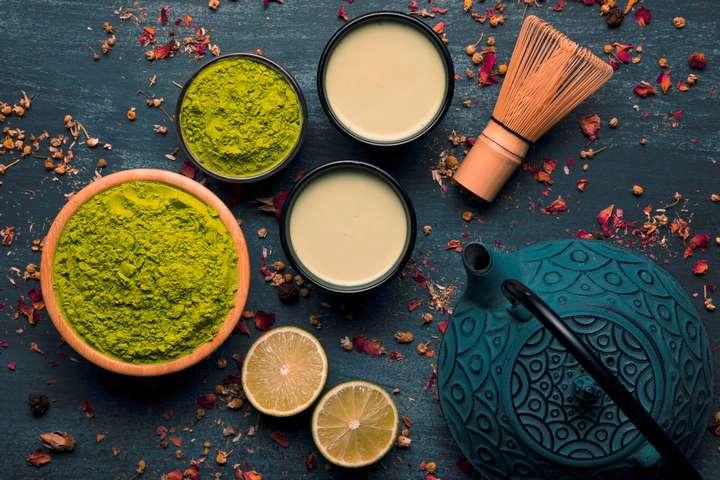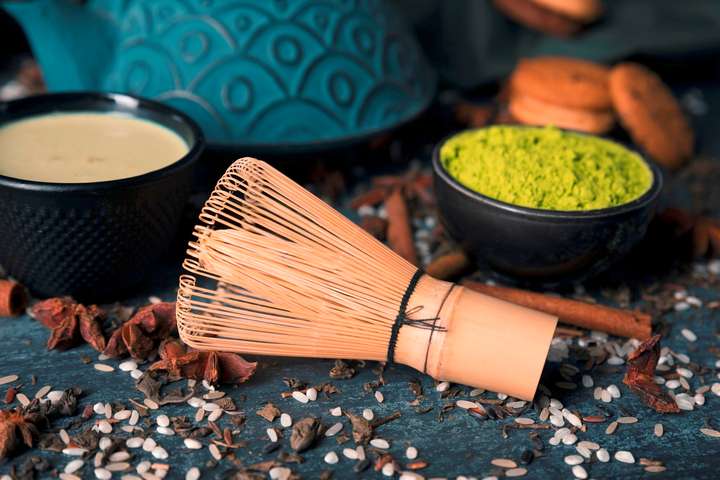Opiate withdrawal is a challenging process often characterized by severe physical and emotional symptoms. For those seeking a natural alternative, Kratom has emerged as a potential aid. This guide explores strong but relaxing type of kratom that can help you with the symptoms of opiate withdrawal.

Understanding Kratom and Its Uses
Kratom contains two compounds, mitragynine, and 7-α-hydroxy mitragynine, that interact with opioid receptors in the brain, albeit in a different way from traditional opioids. As a partial opioid agonist, Kratom binds to these receptors, producing analgesic and calming effects without causing respiratory depression, which is the leading cause of death in opiate overdoses.
Strains and Their Particularities
Kratom is typically available in three primary vein types: red, green, and white, each with its own set of effects. Red strains are known for their relaxation-inducing and pain-relieving properties, while green strains offer a more balanced effect, and white strains provide stimulation and focus.
Top Kratom Strains for Opiate Withdrawal
Red Vein Kratom
Red vein is commonly favored for its relaxing and soothing properties. It’s a go-to for managing pain and stress, two prevalent symptoms during opiate withdrawal. Red strains are known for their high 7-α-hydroxy mitragynine content, which offers potent analgesic effects without the risk of respiratory depression. They also assist in promoting better sleep, which is crucial for managing insomnia—one of the withdrawal phase’s most difficult symptoms.
Green Vein Kratom
Green vein offers a balance between relaxation and stimulation. It can be highly beneficial for stabilizing mood swings and reducing the impact of anxiety and depression, common emotional side effects of opiate withdrawal. The energy it provides can also help in managing the fatigue that often comes with quitting opioids.
White Vein Kratom
White vein strains are renowned for their stimulating properties and ability to elevate moods. These strains are prized for their potential in alleviating fatigue and low spirits commonly experienced during the initial phases of withdrawal from substances. By offering a natural and gentle boost, they serve as a supportive aid in navigating the challenging transition period, providing individuals with comfort and relief.
Maeng Da Kratom
Maeng Da is known as one of the most potent strains, with a powerful impact on those experiencing severe withdrawal symptoms. It’s recommended for those with high tolerance levels or prolonged opiate abuse. Maeng Da is distinguished for its higher content of mitragynine, which can provide more pronounced pain relief and calming effects.
Bali Kratom
Bali, renowned for its affordability and efficacy in symptom management, is a popular choice among individuals seeking relief from withdrawal symptoms. Its well-rounded characteristics of pain relief, sedation, and mood enhancement make it a preferred option for many seeking a balanced approach to managing their well-being. With its comforting effects and versatile properties, Bali Kratom stands out as a reliable ally for those navigating the challenges of withdrawal.
How to Use Kratom for Opiate Withdrawal?
Dosage Considerations
When considering Kratom, it is vital to proceed with caution. Beginning with a low dosage is recommended to assess individual tolerance levels accurately. Although doses for Opiate withdrawal might require higher amounts, it is crucial to increment them gradually. Seeking advice from an expert or healthcare professional when increasing doses is highly advisable for safe and effective usage.
Methods of Consumption
Kratom comes in a variety of forms, such as capsules, powders, and extracts. When it comes to managing withdrawal, brewing Kratom into tea is often considered one of the most effective methods. The brewing process allows for the rapid absorption of the active compounds, which in turn facilitates quick relief within a relatively short period. This method offers a practical way to consume it and enhances the overall experience of its benefits.
Timing and Frequency
The timing and frequency of consumption will depend on the severity of withdrawal symptoms. Initially, lower doses can be taken to assess the individual’s response, gradually increasing as needed. Doses are typically spread throughout the day to ensure sustained relief. It’s crucial to be mindful of your body’s signals, allowing adjustments to dosage and timing to optimize efficacy and comfort.
Precautions and Side Effects

Consultation Is Key
While Kratom can be a helpful tool, it’s essential to consult a healthcare professional before incorporating it into your regimen. This is particularly important for those with pre-existing medical conditions or those taking prescription medications.
Side Effects and Risks
Some potential side effects of Kratom include dizziness, nausea, and gastrointestinal discomfort. Long-term use may lead to the development of tolerance and dependency, so it should be approached with care and only used for short periods to manage opiate withdrawal.
Legal Status
Before incorporating Kratom into your routine, it is crucial to delve into the legal landscape specific to your region. The regulations governing its usage exhibit significant variations, underscoring the need for a comprehensive understanding before consuming.
Alternatives and Supportive Measures
Comprehensive Approach
Kratom can be viewed as just one tool in the kit for managing opiate withdrawal. A holistic approach that may include therapy, mindfulness practices, support groups, and other natural supplements is often the most effective.
Combining Therapies
Therapies such as cognitive-behavioral therapy (CBT) and mindfulness-based practices can significantly enhance the effectiveness of Kratom and other natural remedies for opiate withdrawal.
Final Thoughts
Adding Kratom to your opiate withdrawal management plan should be done prudently, with thorough research, professional guidance, and consideration of the broader context of your recovery. It’s important to remember that managing withdrawal symptoms is only one part of the process; seeking professional support and exploring mental health therapies are equally vital in the path to recovery.
Kratom has the potential to be a valuable natural ally in the complex battle against opiate addiction. A commitment to safety and responsibility, including understanding dosing, side effects, and potential long-term implications should accompany its use. For those exploring Kratom as an aid in opiate withdrawal, the supportive nature of the Kratom community and the emergence of expert voices can offer valuable guidance.





